
Meet the herd – the eight wild bison on a wilding journey in Canterbury
Since bison were released into West Blean and Thornden Woods on the outskirts of Canterbury, they have not only transformed the landscape but significantly grown in number.
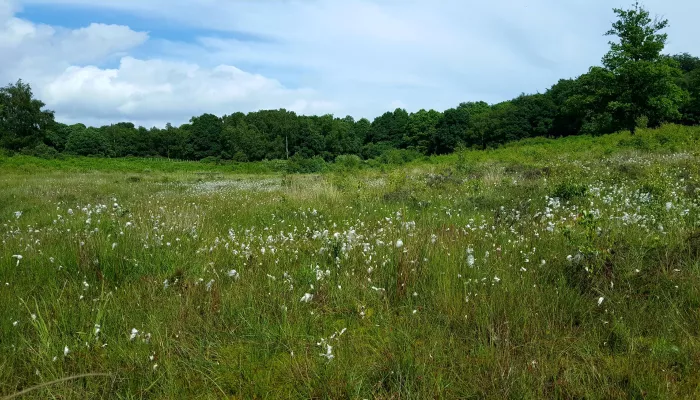
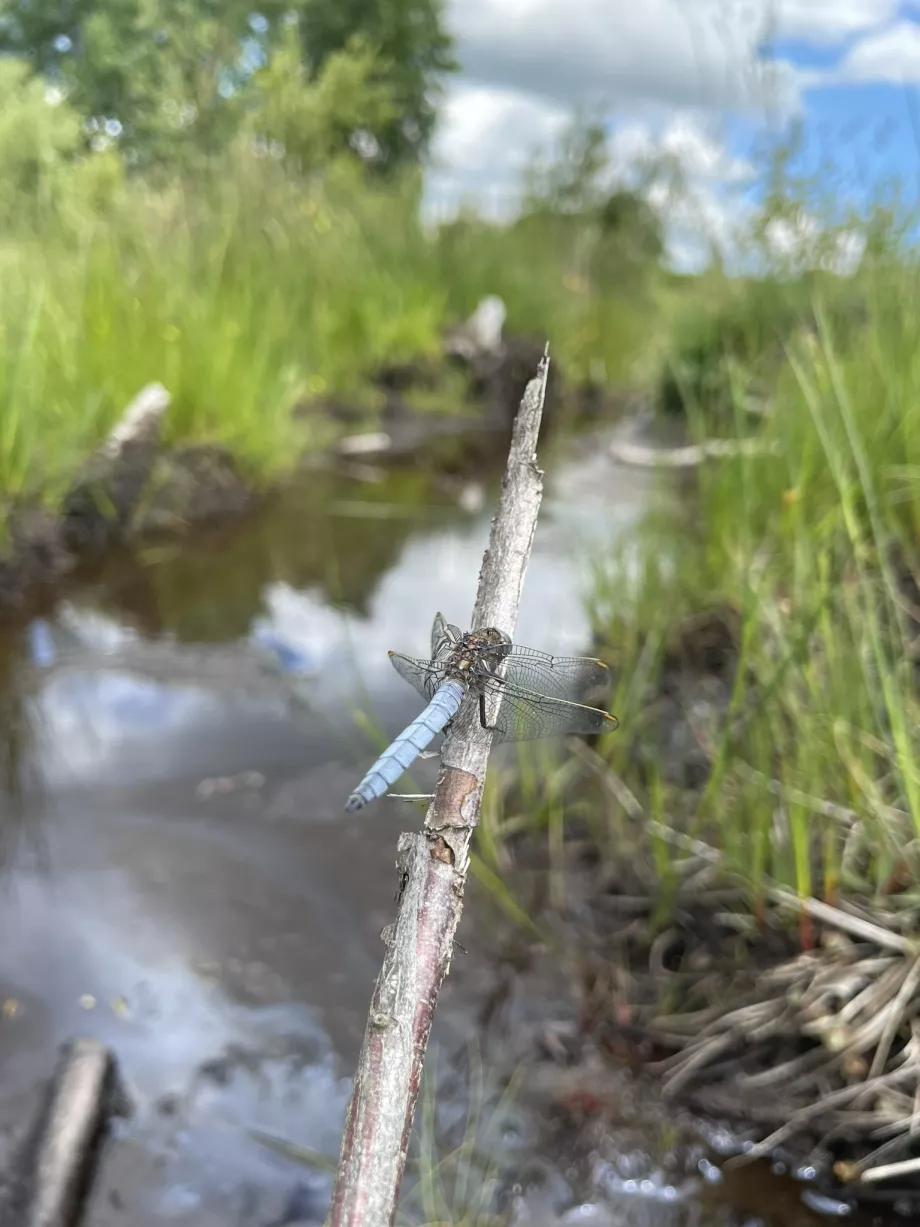
Dragonflies spend a lot of time around water, because they lay their eggs in or near water, which then hatch to produce stumpy, wingless larvae. These larvae spend up to three years under water feeding on other aquatic insects, tadpoles and even small fish. When they are ready to emerge, they climb out of the water onto stems of vegetation and a fully grown adult will squeeze out of the larvae’s abandoned skin.
Dragonflies seem to like heaths and bogs. In fact, about a third of all British dragonflies live exclusively on heathlands. The soil and water are very acidic, which means that there are not many fish to eat the young dragonflies – the pools also tend to stay warmer, which speeds up growth.
Over 17 species of dragonfly are known to hunt or breed on the reserve, and include the banded demoiselle with it’s metallic blue body and big blue/black band on its wings, the keeled skimmer, found nowhere else in Kent, and the emperor, which, as the name suggests, is one of Britain’s biggest! This year our surveyor Rob Insall has found a colony of the beautiful demoiselle, a species similar to the banded demoiselle, but with solid black wings.
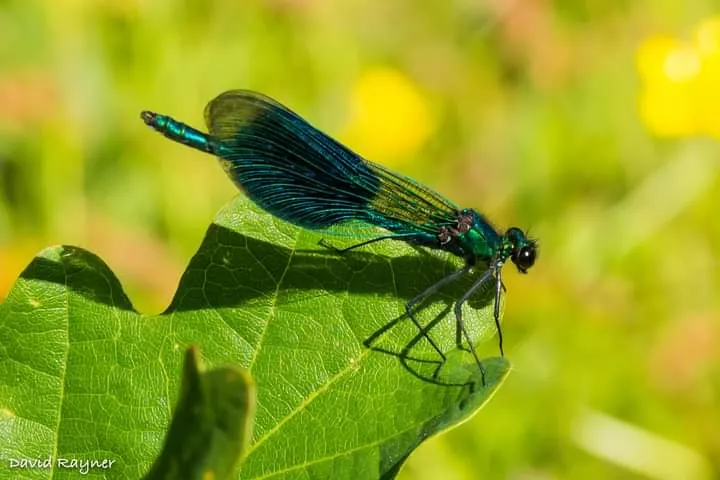
For more information about dragonflies, the work of the Kent Wildlife Trust, and how you could get involved...
Dragonflies | Wildlife Explorer

Since bison were released into West Blean and Thornden Woods on the outskirts of Canterbury, they have not only transformed the landscape but significantly grown in number.
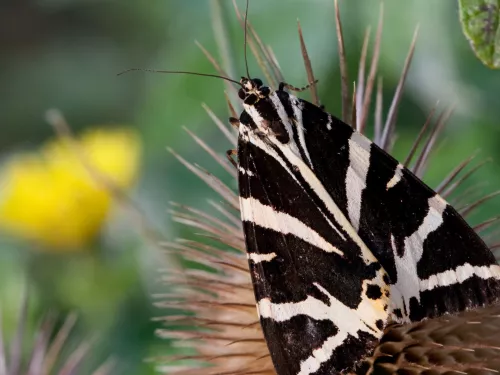
Margery Thomas, Hothfield Volunteer and regular columnist looks at the lack of butterfly sightings in recent months, the work volunteers are doing to remove bracken and how this all impact the wider management of the last remaining fragments of heathland…
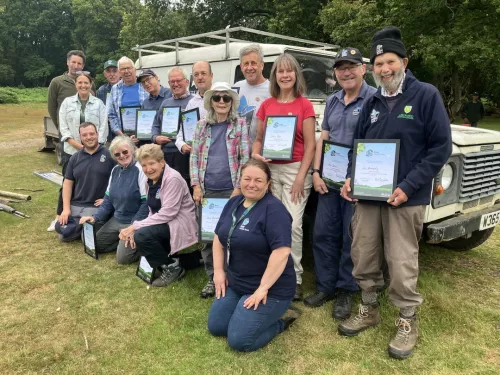
By August, floral glory has passed from the orchids (heath spotted, southern marsh and a few large hybrids) to the heather or ling. As ever, we hope for a protracted display of purple in the heathy areas, which is likely if the cool nights persist. Orchid…